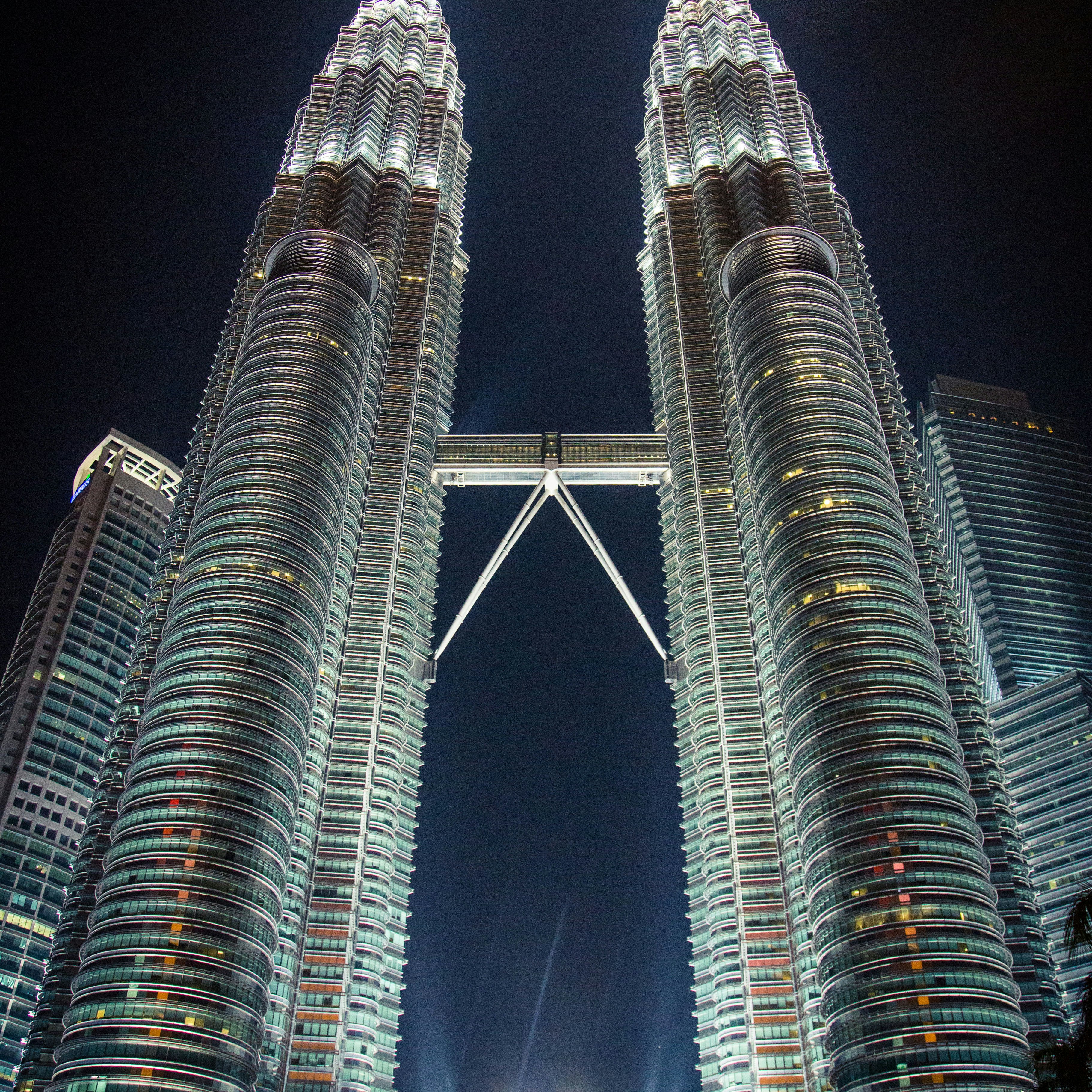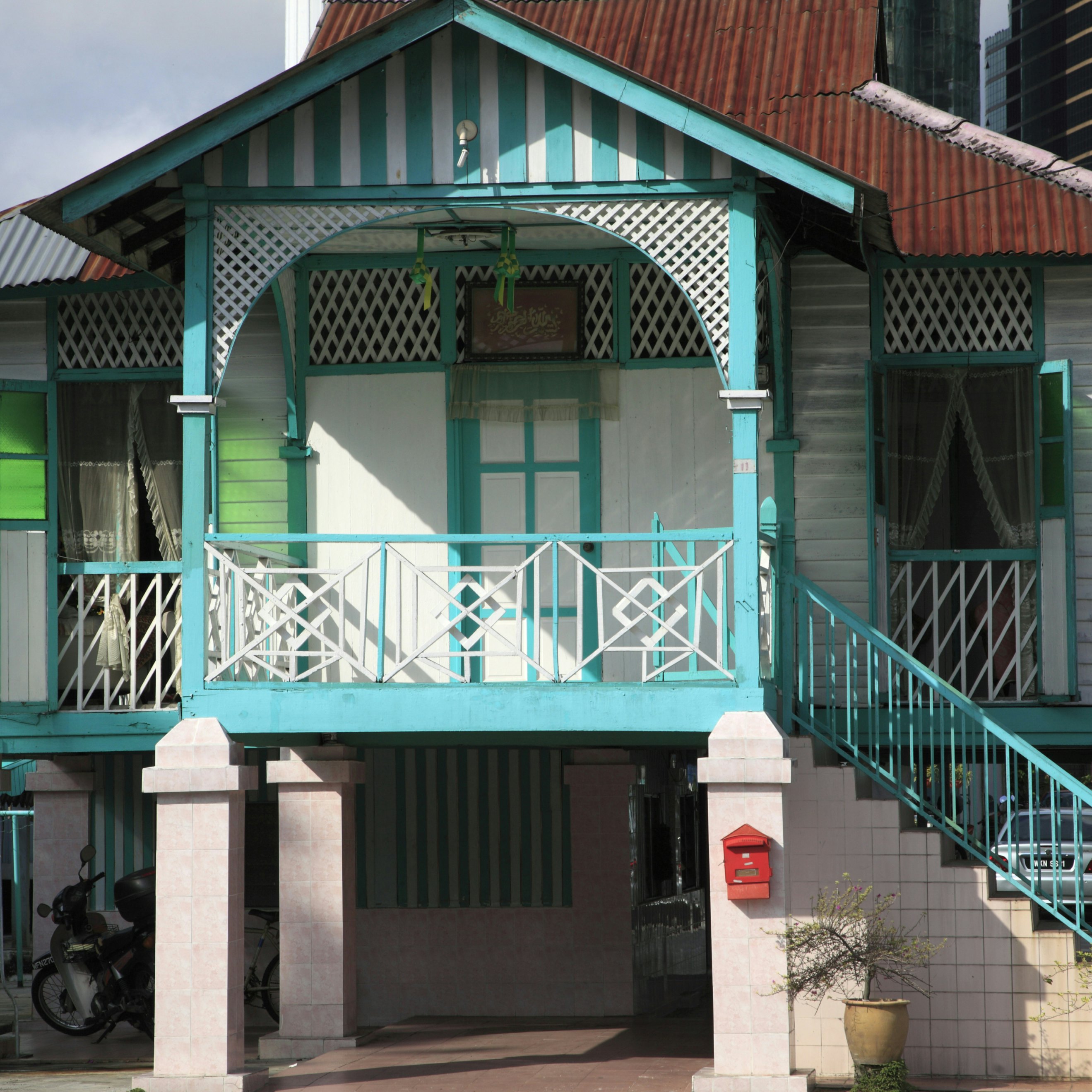
Overview
A skyline punctuated by minarets, Mogul-style domes and skyscrapers; colorful, food-stall-lined streets shaded by a leafy canopy of banyan trees – this is Kuala Lumpur.
Plan your trip with Guide, an AI travel planner!
Create a personalized trip itinerary in seconds using artificial intelligence.
Must-see attractions
Planning Tools
Expert guidance to help you plan your trip
Best Things to Do
From gazing down at the city from the Petronas Towers to trying local dishes at hawker stalls, here’s how to experience the best of Kuala Lumpur.
Read full article
Get a book. Get inspired. Get exploring.
in partnership with getyourguide












